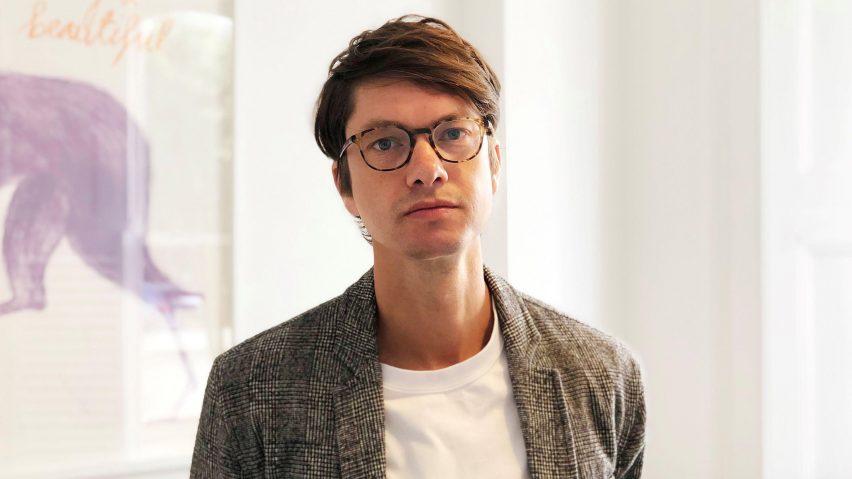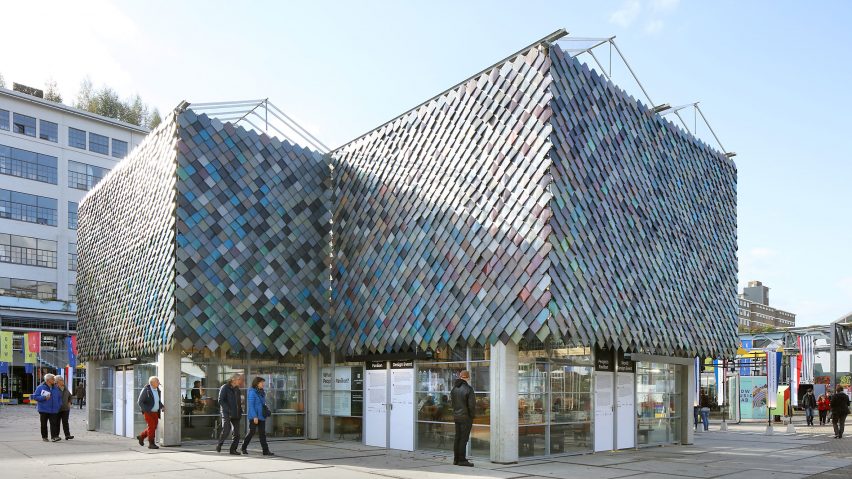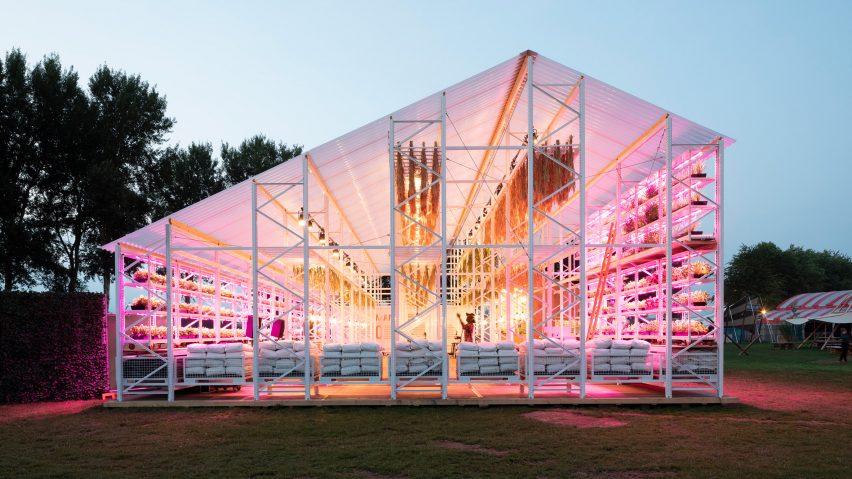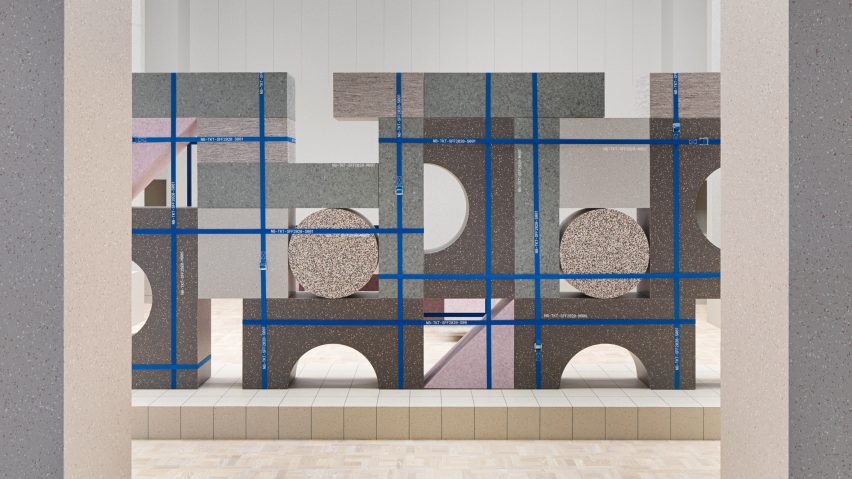
Reversible design could turn every building into a "DIY store for the next project"
Architects should design buildings to be taken apart and reused as part of the circular economy, according to Adam Strudwick of Perkins and Will.
Designers should get used to working with smaller palettes of reusable materials and draw up blueprints for disassembly as well as assembly, the interior designer said.
Reversible design could radically change the way buildings look, according to Strudwick: "It does potentially mean a whole new aesthetic."
Designing for the circular economy, where materials are endlessly reused and waste is eliminated, requires "a whole new mindset," according to Strudwick, who is principal of corporate interiors at international architect Perkins and Will.
"Rather than thinking of buildings or interiors as the end product, we have to think about every building as a kind of DIY store for the next project and the next project and the next project," he said.
Top: Adam Strudwick. Above: Strudwick spoke during a Dezeen talk about the circular economy
Strudwick, who works at the giant firm's London office, made the comments in a live Dezeen talk about architecture and the circular economy.
The talk was presented last week in association with flooring brand Tarkett. It also featured Myriam Tryjefaczka, Tarkett's sustainability and public affairs director for Europe, the Middle East and Africa.
"A big part of our approach now is designing for disassembly and considering reversible designs," said Strudwick.
"Something that is a big change in the industry is to really consider how things go together as much as how they are disassembled."

For centuries, architects have prepared drawings showing how buildings are put together, he said, adding: "Now we also need to have a set of drawings that show how a building comes apart."
Dutch studios Bureau SLA and Overtreders W adopted this approach in 2017 when they designed The People's Pavilion, a temporary auditorium built for Dutch Design Week that was constructed from borrowed materials.
The reversible building, designed to demonstrate the principles of the circular economy, was disassembled and the materials returned once the festival was over.

The following year Overtreders W built a temporary barn from borrowed materials to house a zero-waste restaurant at a Dutch music festival, while in 2019 the architects completed a reversible pavilion in Utrecht.
In a similar move, Note Design Studio created an exhibition stand for Tarkett and another for outdoor furniture brand Vestre at Stockholm Furniture & Light Fair earlier this year that are designed to be taken apart and reused rather than thrown away.

Last week's talk was organised to discuss ways of making architecture and interiors more circular.
During the discussion, Tryjefaczka outlined Tarkett's moves to reduce waste and pollution.
Its ReStart programme, which collects used flooring for recycling, has so far reused 102,000 tonnes of vinyl, linoleum and carpet.
The French multinational has also published details of the environmental and health performance of its products using the Environmental Product Declaration (EPD) standard.
"Everything starts with designing products for recycling and disassembly with good materials that are healthy for people and the environment," Tryjefaczka said in the talk.
"We need more relationships with architects so that they really start thinking about the circularity of their buildings. It is in the design phase of a building that we will create circular buildings. It's very important that we have a strong connection and to ensure that the materials that are selected can be reused later on."
The circular economy involves developing processes that eliminate waste and pollution while regenerating natural systems.
Advocates believe it offers a way of tackling climate change, resource depletion and habitat destruction in a way that is compatible with economic development.